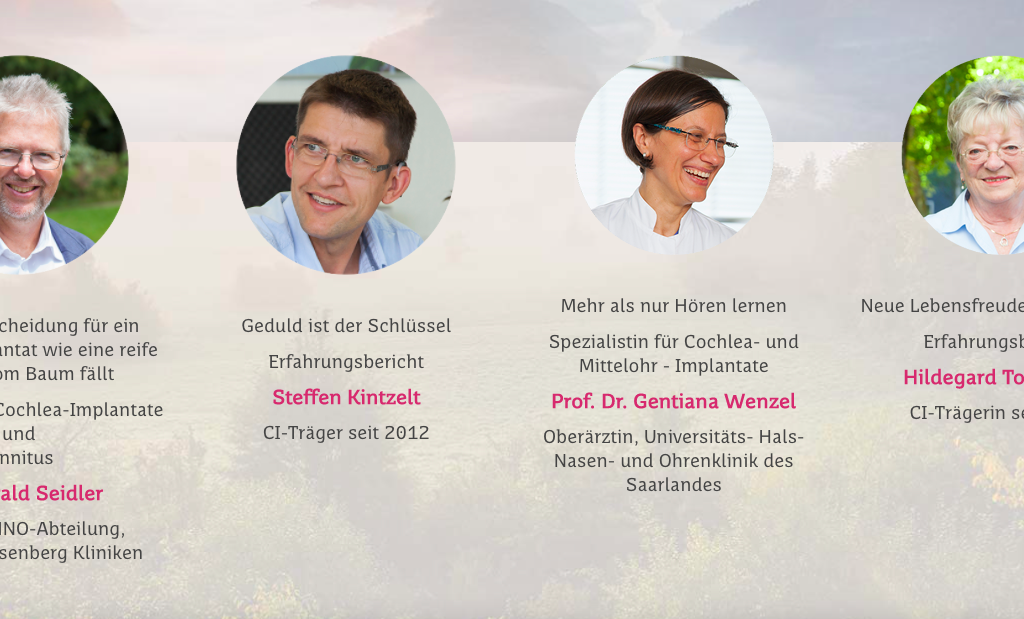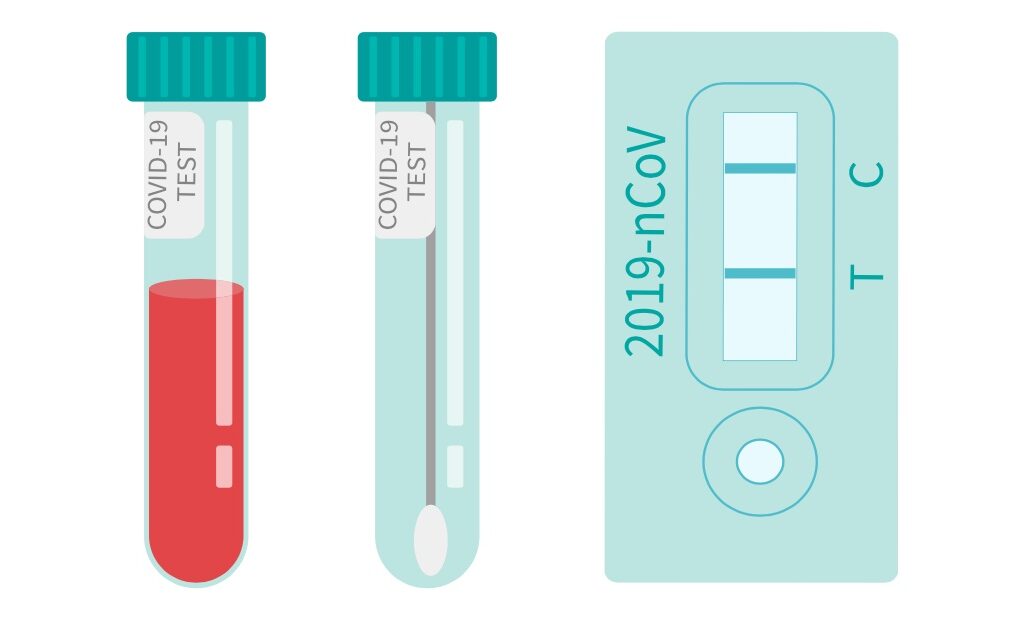5 Storytelling Rules for Pharma and Healthcare, Part 1
The last few months, indeed almost two years, have shown us how important proper communication is in the healthcare sector. After all, the pharmaceutical industry has to deal with criticism and a lack of understanding time and again. In our new storytelling series, I will show you how stories can help to break down prejudices and present complex topics in an understandable way with the following five rules for the pharmaceutical and healthcare sector.
Why do we actually need storytelling for health and medical topics?
The answer to this and therefore the first rule for storytelling in the pharmaceutical industry is: to overcome the curse of knowledge.

First Rule for Pharma Storytelling: Overcoming the Curse of Knowledge
What do you find easier to understand?
“You can fit 10 trillion atoms on the tip of a pencil.”
vs.
“If an atom were a basketball, then the pencil on the tip of which the atom was located would be so big that it would reach from the earth to the moon.”
This example comes from the children’s book “Professor Astrokatz – Physics without limits“, in which the exciting questions about the laws of nature are explained in a clear and entertaining way. Just as applicable in the healthcare sector. Instead of complicated technical terms in medical jargon and on eternally long package inserts, data can also be understandable if it is well packaged.
The illustrations by Janny Li as part of a semester project for Rite Aid medicines show that this is indeed possible. For the largest pharmacy chain in the USA, the student has designed packaging for painkillers that is simple, aesthetic and pictorial at the same time. The focus is on the affected organs. These are drawn in such a way that the pain is literally palpable thanks to bright shades of red and pink. The rest of the pack remains plain and medical white and has space for the necessary straightforward information.
But how do you manage to get your message across to the audience?
I found a great example of this in the book “TED Talks – The Art of Public Speaking” by Chris Anderson, which I also like to use in lectures or workshops for better understanding. He says that we humans have a very special technique at our disposal to achieve this, namely language. Our brain does an incredible job with this.
Here I also ask my audience to close their eyes so that they can visualize everything better. And then I describe the following scenario:
“Now please imagine an elephant. Its trunk is painted bright red and it swings in time to the slow steps of an orange parrot. The parrot dances on the elephant’s head and croaks over and over again: “Dance the fandango”.
Now the audience – and hopefully you too now – have imagined everything in their brains, even though there is no such thing. How is that possible? The solution is: everyone knows the “ingredients”, i.e. the elephant, the colors, everyone knows what a dance is. But if I had talked about the color Pantone 032U and the species Loxodanta instead, probably no one would have had a picture in mind. So the miracle only works if the sender and receiver speak the same language.
But now think about a doctor’s ward round in a hospital. There is often no connection between the communicator and the recipient. Experts, such as doctors or researchers, like to package their knowledge in complicated language and at the same time assume that their target group, in this case the patent holders, will understand it. The problem, however, is that the audience cannot immediately decipher these technical terms and therefore cannot understand and remember what they hear. “What did the doctor say?” is a typical situation when, for example, family members ask their elderly parents or grandparents about the diagnosis and they can hardly answer.
Here, too, there is a helpful book that we have already referred to several times. In “Made to Stick“, brothers Chip and Dan Heath repeatedly refer to the “curse of knowledge” that we must outwit in order to be understood, respected and remembered. The two brothers’ so-called SUCCESs formula provides a remedy against the curse of knowledge. It is made up of: Simple, Unexpected, Concrete, Credible, Emotional and Story.
Below I will give you a few examples of how the components of the formula can also be used in the pharmaceutical and healthcare sectors:

Simple
The pharmaceutical industry is not just about very sensitive and sometimes private issues. Much of the content is simply difficult for laypeople to understand. Storytelling can therefore also be an opportunity to make complex content understandable for target groups. Why only ever talk in medical and sterile terms about how drugs work? Instead, you can use simple stories, comparisons or graphics to make the advantage comprehensible to everyone.
Instead, you can use simple stories, comparisons or graphics to make the advantage comprehensible to everyone. Whether it’s a colonoscopy or a prostate check – in the accompanying video clip, people talk about everything that would otherwise only be discussed behind closed doors in the supposedly most inappropriate situations.
Unexpected
Before our message can stick, we first have to get our audience interested in the topic. An interesting introduction is the best way to do this.
“Women do not deserve equal treatment.” This is the slogan with which Barmer is currently advertising. With this hook, you are sure to attract attention in any case. And this is intentional, because in the following the health insurance company explains that it is very important in medicine that drugs are also tested separately on women. The symptoms of the disease can differ fundamentally between male and female patients and therapies must also be differentiated according to gender.
Concrete
The symptoms of the disease can differ fundamentally between male and female patients and therapies must also be differentiated according to gender. It is better to use terms that our counterpart can immediately associate with and build on. For example, the stories of those affected make the diseases more tangible.
A great example of this is the “Womb Stories”, a campaign by Bodyform, a company for period products. The video shows different experiences of women and their cycle, the relief when their period starts, the pain during it, the desire to have children and the sadness when it doesn’t work.
What is special are the stories inside the female body, which illustrate the feelings of the women. For example, when the body ignites a thousand bonfires during the menopause or the sperm boat sails towards “I don’t want children”. In addition to the campaign film, various female protagonists also have their say with their personal stories on the corresponding landing page.
Credible
If we want to bring about a decision, our counterpart needs to have confidence in what we say. So it’s all about credibility. A good negative example of this is the disastrous public image of AstraZenica. What could have been a unique success story turned out to be a communicative disaster.
The pharmaceutical company was one of the first to develop a highly effective vaccine against the coronavirus. However, the media reported early on that the vaccine was less effective than others. Even if this was later relativized, this narrative became firmly established in people’s minds. Nobody was keen on the “second class” vaccination.
Ultimately, however, the fault did not necessarily lie in the weaknesses in production or sales, but in the company’s lack of openness and transparency. The PR department simply failed to build and secure the trust of the population. Instead of putting the CEO up front with bad news, they should have focused more on comprehensible information and views from independent experts in order to achieve credibility.
And also have to articulate their why in an understandable way, for example:
“Our mission is to save human lives and not to profit from suffering. That’s why we are taking on the powerful pharmaceutical industry with our affordable product.”
Their core story of “David against Goliath” would have been guaranteed to score important sympathy points and convince the population of the vaccine.
Emotional
On an emotional level, it’s about people and their well-being. This should also be the focus of communication with the target groups. It is not about the disease as such. It is about those affected who are cured through therapy with the right preparations. Or at least regain a great deal of quality of life. This, in turn, is not only exciting for the patients.
Communicating through stories also helps when working with doctors who are very busy. Instead of presenting purely anonymous case studies, modes of action and statistics, they too can be addressed with real cases, names and faces. The benefits of the therapy for your own patients can be seen at a glance.
An example of how to approach those affected is from Netzwerk Hören. This was founded in 2015 as an engine for medical and health tourism in Saarland with the aim of facilitating vacations for hearing-impaired people and their relatives in addition to medical and therapeutic care.
To allay people’s fears about cochlear implants, we have conducted interviews with both patients and doctors and written down their stories in an emotional and understandable way. In this way, the target group can recognize themselves in the protagonists and thus be relieved of their worries about such an operation.

Story
Even if most people don’t understand the intricacies of the medical field, their listeners still want to see numbers as evidence in many situations. Stories, on the other hand, consist of very personal anecdotes and experiences. The most effective narratives in today’s world are those that combine data with the perspectives of real people or organizations. All we have to do is go out and listen to patients, doctors and other stakeholders.
We now know that the “story” is a crucial ingredient for successful data-based communication in the pharmaceutical and healthcare sector. But what does that mean in concrete terms? Find out in our second part on storytelling principles.
Share this article










